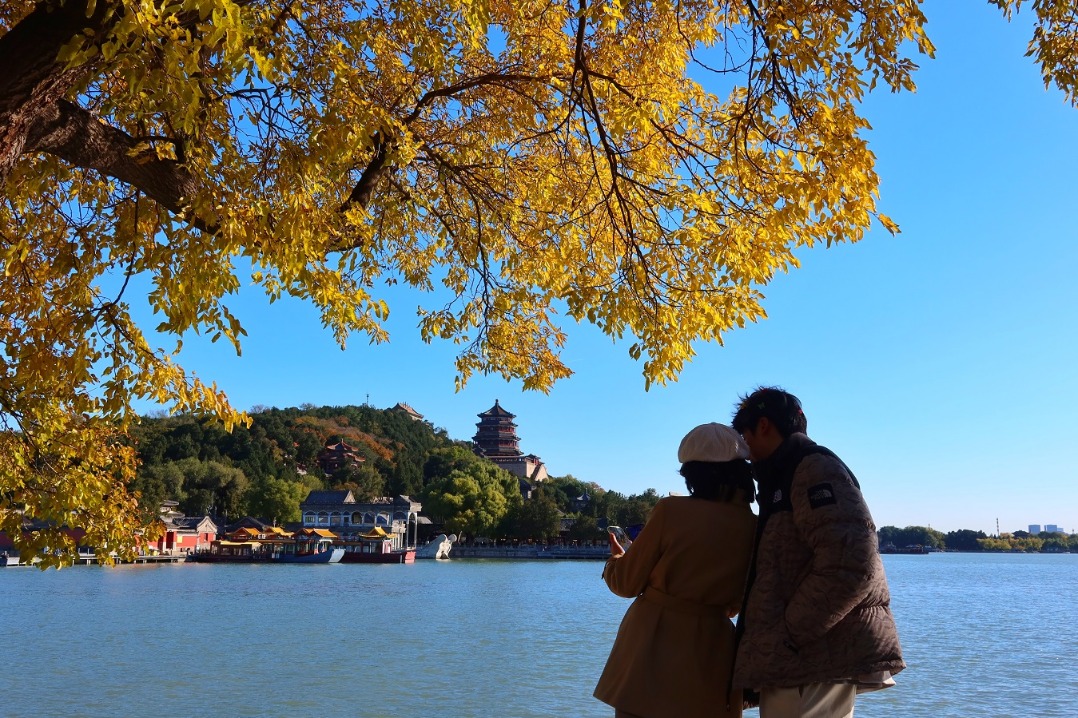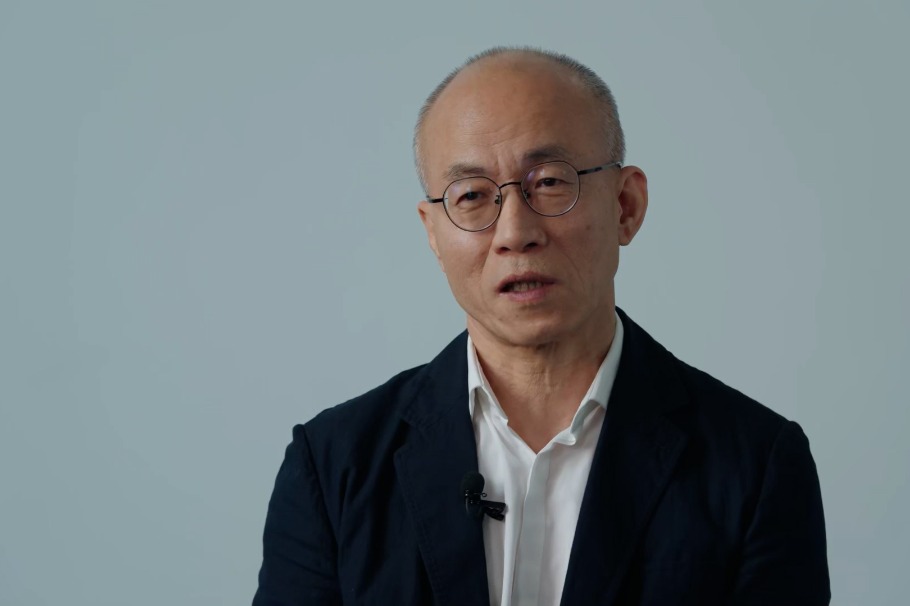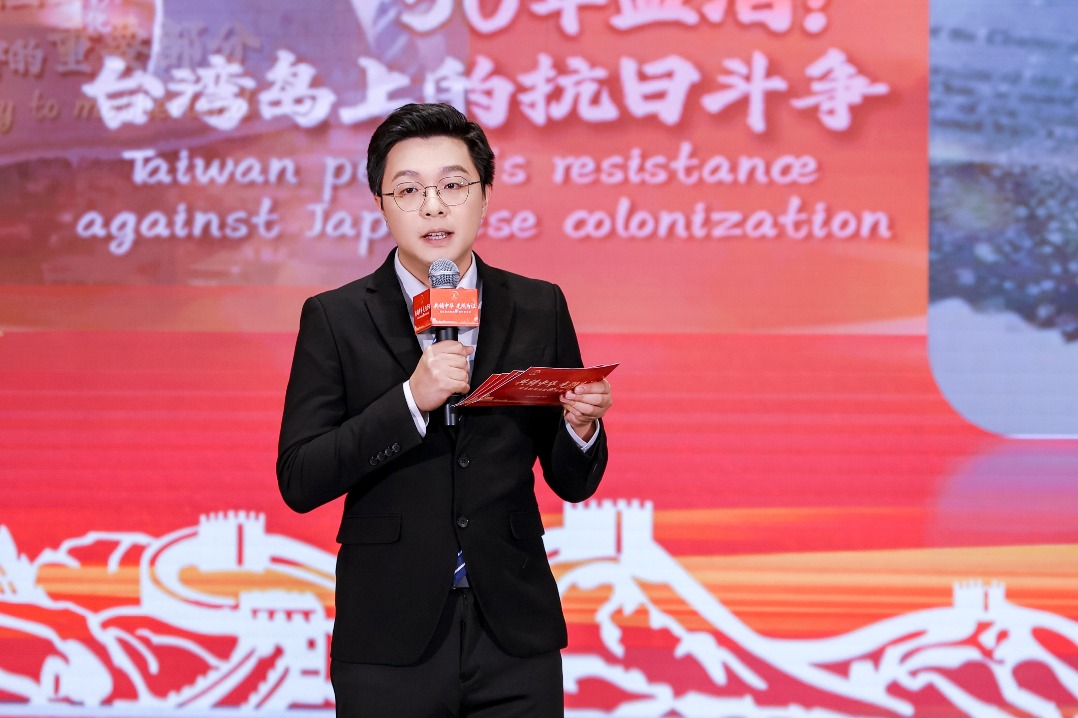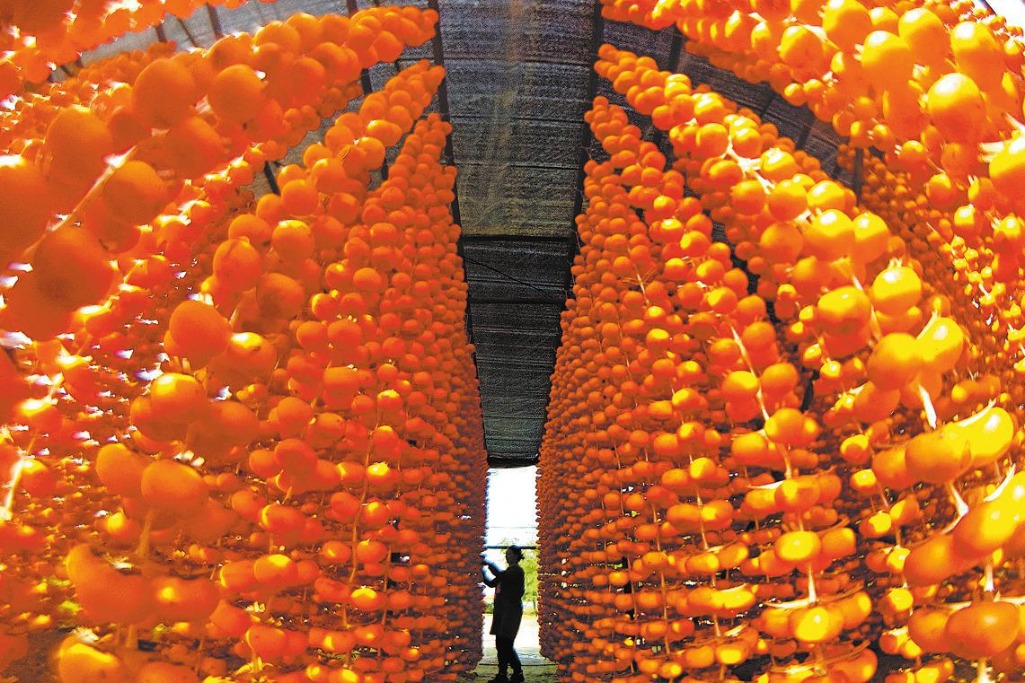Case spike reflects new diagnosis criterion






The sudden spike in newly confirmed cases of novel coronavirus pneumonia in Hubei province on Wednesday is due to a revised diagnosis criterion, and experts said the change, which is within expectations, can enable more people to obtain appropriate medical treatment.
As of late Wednesday, Hubei reported 14,840 additional confirmed cases, the highest daily increase so far, the Hubei Provincial Health Commission reported.
Of these newly confirmed cases, 13,332 were clinically diagnosed, meaning suspected patients were identified as having the disease based on symptoms, medical history and computerized tomography, or CT scans, rather than testing positive for the virus using lab kits, which accounted for 1,508 of the new cases.
The surge in Hubei pushed the new infections nationwide on Wednesday to 15,152. Among the newly added 254 deaths, 242 were in Hubei, said Mi Feng, a spokesman for the National Health Commission, on Thursday.
At the end of Wednesday, there were 52,526 confirmed cases on the Chinese mainland, he said.
The sudden increase is due to a revised diagnostic criterion, according to Hubei health authorities.
On Feb 3, the National Health Commission released the fifth edition of the diagnosis and treatment plan. It required Hubei to count clinically diagnosed patients as new confirmed cases so that more suspected patients can receive the same standard of treatment as confirmed ones, thus reducing the possible spread of the virus and improving the treatment success rate.
On Tuesday, the provincial health commission released the first figure for clinically diagnosed cases, which was 10,567 as of Monday midnight, but it wasn't added to the newly confirmed cases that day. The commission said the two numbers were combined as required by the prevention program starting on Wednesday, thus leading to the sudden jump in the number of new confirmed cases.
By doing so, the total number of suspected patients in Hubei has also dropped significantly over the past few days, decreasing from 16,687 on Feb 10 to 11,295 on Feb 11 and to 9,028 on Feb 12.
World Health Organization officials also said on Thursday that a jump in the number of new cases of coronavirus in China reflects a "broader definition" of a case of infection.
"It is our current understanding that the new case definition widens the net, and includes not only lab-confirmed cases but also clinically diagnosed cases based on symptoms and exposure," WHO spokesman Tarik Jasarevic told Reuters.
Zeng Guang, chief epidemiologist at the Chinese Center for Disease Control and Prevention, told Global Times the change in diagnosis standards tightens a loophole in the spread of the virus.
He said there are instances in which suspected patients have shown typical symptoms of the disease, but they couldn't be listed and treated like confirmed patients because their test results for the virus were not conclusive.
The commonly used diagnostic method requires doctors to take viral samples from the patient's throat or nostrils. This approach is convenient but produces less-accurate results than the more time-consuming method of sampling from the lung, where there is a higher density of coronavirus in infected patients.
To help the region better fight the novel coronavirus pneumonia outbreak, the top officials in Hubei province and the city of Wuhan were replaced on Thursday, a move by the central leadership.
As approved by the Communist Party of China Central Committee, Ying Yong, mayor of Shanghai, was appointed Party secretary of Hubei, replacing Jiang Chaoliang.
Wu Yuliang, deputy head of the Organization Department of the CPC Central Committee, made the announcement to Hubei officials at a conference on Thursday.
He said the decision was made based on the needs of the epidemic prevention and control work as well as the reality of the leadership structure in Hubei, according to a report by Xinhua News Agency.
On the same day, Wang Zhonglin, Party secretary of Jinan, the capital of Shandong province, replaced Ma Guoqiang to be the top official of Wuhan.
On Monday, Chen Yixin, secretary-general of the Commission for Political and Legal Affairs of the CPC Central Committee, returned to Hubei as deputy head of a central government group to guide the local disease prevention and control work. Chen was deputy Party secretary of Hubei and Party secretary of Wuhan from December 2016 to March 2018 before he took the secretary-general post.
Compared with the rest of the nation, the epidemic in Wuhan has not yet been controlled, with many challenges and unanswered questions, according to Chen.
- Guangdong reaffirms easing process to boost innovation and entrepreneurship
- Taiwan and mainland united by goddess Mazu, common ancestral roots
- First robotics debate competition holds semifinals in Beijing
- Top court seeks to ensure quality of construction projects
- Shanghai Disney Resort reaches 100 million visitors
- Xinjiang's desert poplar forests shine with autumn tourism

































